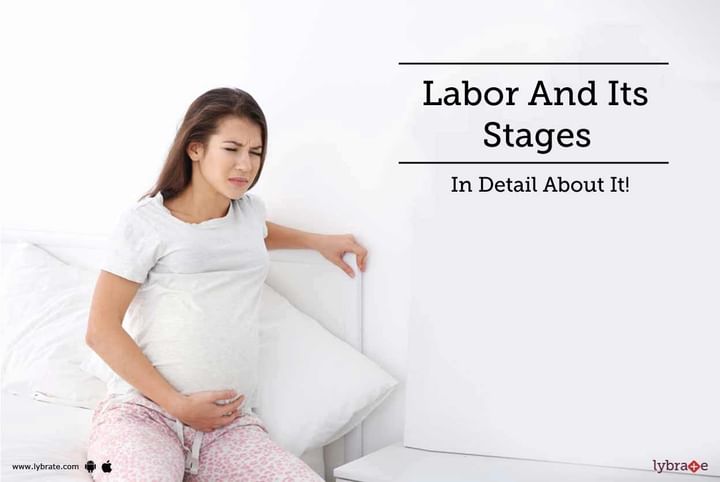Labor And Its Stages - In Detail About It!
What is Labour?
Labour and delivery are demarcated by the end of the pregnancy when a woman delivers the child or more than one child and it leaves the uterus. Normally, the gestation period for humans is somewhere around 37 weeks to 42 weeks. In most developed countries, the deliveries happen in hospitals, whereas in developing as well as underdeveloped countries, births happen at home under the supervision of traditional birth attendant, called the midwife.
Stages of Labour:
Vaginal delivery is the most common form of childbirth. Labour consists of three stages
- The opening and shortening of the cervix: Lasts from 12 to 19 hours
- Coming down of the baby and its birth: 20 minutes to 2 hours
- Expulsion of the placenta: Varies from 5 to 30 minutes
In the first stage, your abdominal muscles will begin to cramp associated with back pain. These cramps can be of durations of half a minute, about 10 minutes apart. These contractions start coming closer and become more intense as the second stage starts closing in. During the second stage, you may have to push along with the contractions to help give birth to your baby. Most babies are born head-first, although there are cases when the baby is born buttocks first or legs first. This is commonly called “breaching”. In the third stage, it recommended to cut the umbilical cord and ensure that the placenta is entirely removed from the uterus or it may cause complications later.
The onset of labor is marked by the expulsion of the amniotic fluid and then the contractions begin to set in. Most women can walk around and eat food during labor, but when the contractions start to get too painful, it is suggested to get help and have someone around during that time. It is not recommended to push during the first phase, but then it becomes essential to push from the second stage onwards. Your gynecologist will be able to tell you which stage of labor you are in by looking at the dilation of your cervix. As soon as you start to feel your contractions kicking in, you must contact your gynecologist or your birthing attendant.



+1.svg)
